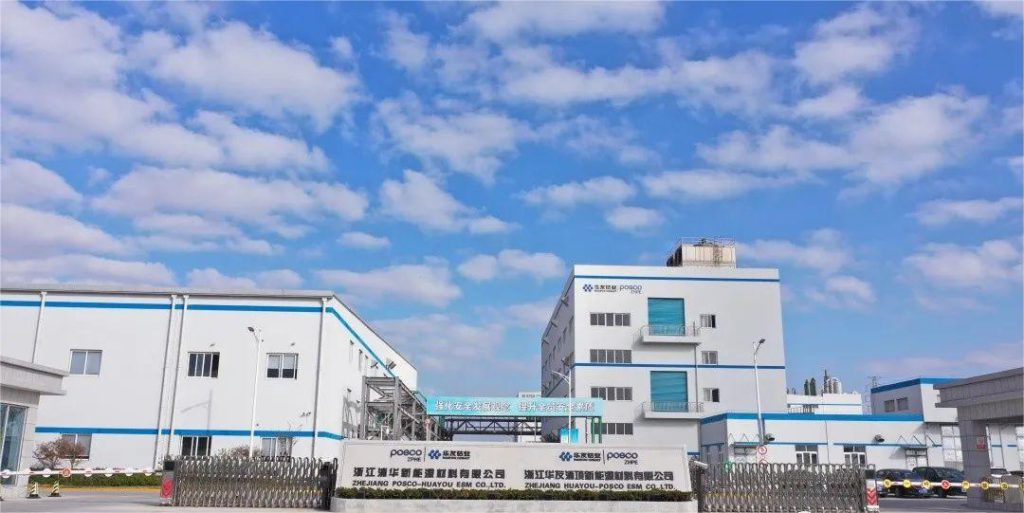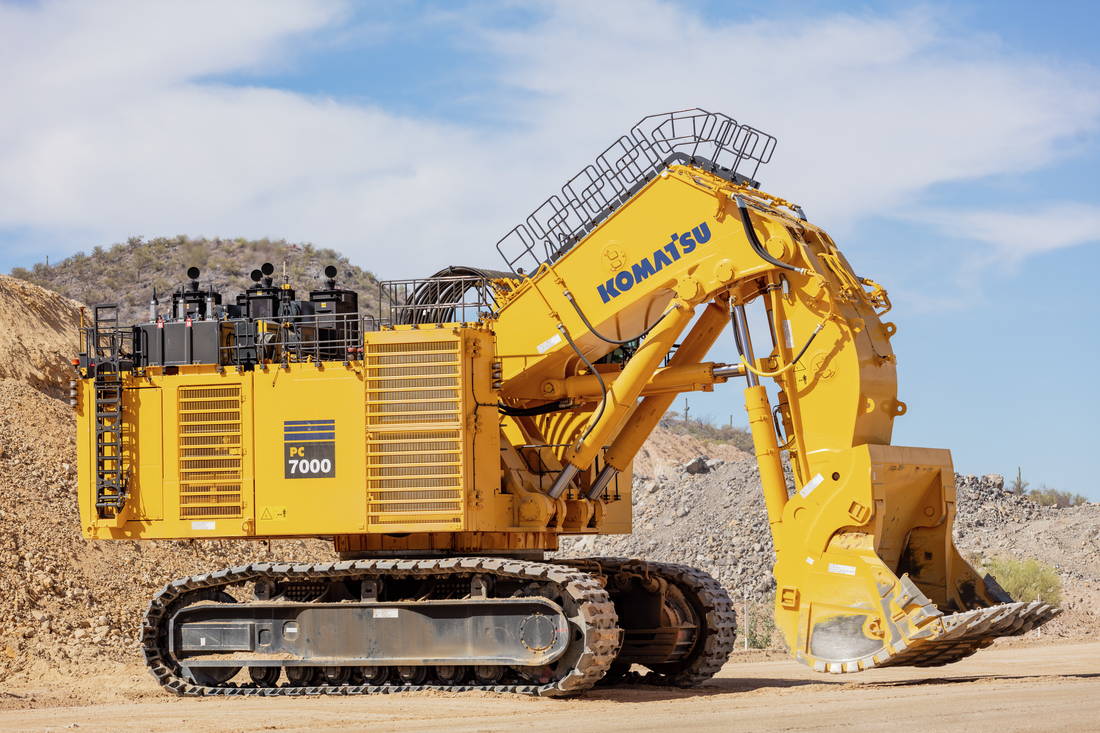Chinese group heads to LME with plan to draw a line under nickel crisis

One of the key Chinese players in last year’s nickel short squeeze is preparing to meet London Metal Exchange Chief Executive Matthew Chamberlain in the first face-to-face encounter since the crisis that upended the global metals world.
Chen Hongliang, the president of mining and refining company Zhejiang Huayou Cobalt Co., plans to discuss an application to register the company’s nickel for delivery on the exchange at the meeting early next week, according to people familiar with the matter, a move which — if it happens — could help to revive trading in the LME’s beleaguered nickel contract.
Huayou was one of the companies that held smaller short hedging positions alongside Xiang Guangda, the tycoon at the center of last year’s crisis, and its founder is a close ally of Xiang’s.
A year after the short squeeze that brought the LME to the brink of collapse, the nickel market remains barely functional, with trading volumes sharply lower and prices regularly experiencing wild swings. Huayou’s meeting in London could be the first step in bringing a wave of new nickel metal onto the LME, that could boost liquidity and help it reconnect with other parts of the global nickel market.
Chen’s visit follows another important milestone for the LME’s nickel contract, after the exchange announced Thursday it will finally return to a regular trading day from March 20. The nickel market has remained closed during Asian hours — which was when prices spiked most sharply during the squeeze — making it harder to arbitrage between London and Shanghai contracts and contributing to the fall in volumes.
Business partners
The meeting is also heavy with symbolism, coming almost exactly a year after the crisis that prompted the LME to shut down the market. While the short squeeze last March was focused on Xiang and his company Tsingshan Holding Group Co., Huayou is one of several companies that also held smaller hedging short positions. Huayou’s chairman Chen Xuehua and Tsingshan’s Xiang come from the same province of China and are longstanding business partners.
The LME is open to the idea of listing a Huayou brand, some of the people said.
Huayou did not reply to emailed requests for comment. An LME spokesperson declined to comment.
Other Chinese producers including Tsingshan would probably follow with their own applications to register nickel for delivery on the LME if Huayou is successful, said some of the people, who asked not to be identified discussing private information.
Huayou’s plan to register its refined metal highlights one of the key challenges facing the nickel market: while Chinese companies led by Tsingshan have invested heavily in new supplies to meet demand for electric-vehicle batteries, the majority of production is in other types of nickel that are not deliverable on the LME.
Now, Tsingshan and Huayou are both increasing production of refined nickel metal — partly in response to a tighter market for refined metal than the other products, and partly as a step to limit the severity of any future squeezes.
Huayou’s plan also suggests a vote of confidence by the Chinese producers in the LME’s nickel market. While the LME has incurred the wrath of many of its users, there remain few viable alternatives for those wanting to trade nickel derivatives on an international market.
The global benchmark has remained illiquid and erratic since last March, when nickel spiked 250% in a little over 24 hours in a short squeeze centered on a massive short position held by Tsingshan. When prices rose sharply following Russia’s invasion of Ukraine, Tsingshan was unable meet margin calls and only avoided bankruptcy after the LME suspended trading and its banks agreed to a reprieve.
While the LME effectively bailed out Tsingshan by canceling the trades at the highest prices to prevent a cascade of defaults across the market, it has come at a cost. The exchange is still wading through the fallout, from lawsuits to regulatory investigations, and has promised to outline a set of reforms by the end of the first quarter.
Tsingshan’s Xiang and Huayou chairman Chen have a long history of working together. They often travel together on business trips, and hold joint meetings with Indonesian President Joko Widodo, most recently at the G-20 summit in November, according to people familiar with their schedules.
Metal plants
And Tsingshan and Huayou are once again making parallel moves in the nickel market. They are both building new plants for refined metal, and Bloomberg reported last month that Tsingshan is planning a major shift in its production mix.
The change could help protect against future short squeezes, especially if the Chinese companies are successful in registering their own brands for delivery against LME contracts. Huayou is also seeking to list its brands at the Shanghai Futures Exchange, the people said.
Huayou will apply to list products from its factory in Quzhou, in the eastern Chinese province of Zhejiang, according to the people familiar with the matter.
The ability for Chinese producers, and especially Tsingshan, to deliver on the exchange could also help encourage banks and brokers to allow Xiang to open new short positions. Bloomberg reported last year that many had been wary of taking on substantial positions for the company, which uses the LME to hedge its nickel price. As one of the market’s biggest players, Xiang’s absence has contributed to a persisting lack of liquidity in the nickel market.
(By Alfred Cang and Jack Farchy)
{{ commodity.name }}
{{ post.title }}
{{ post.date }}

Comments